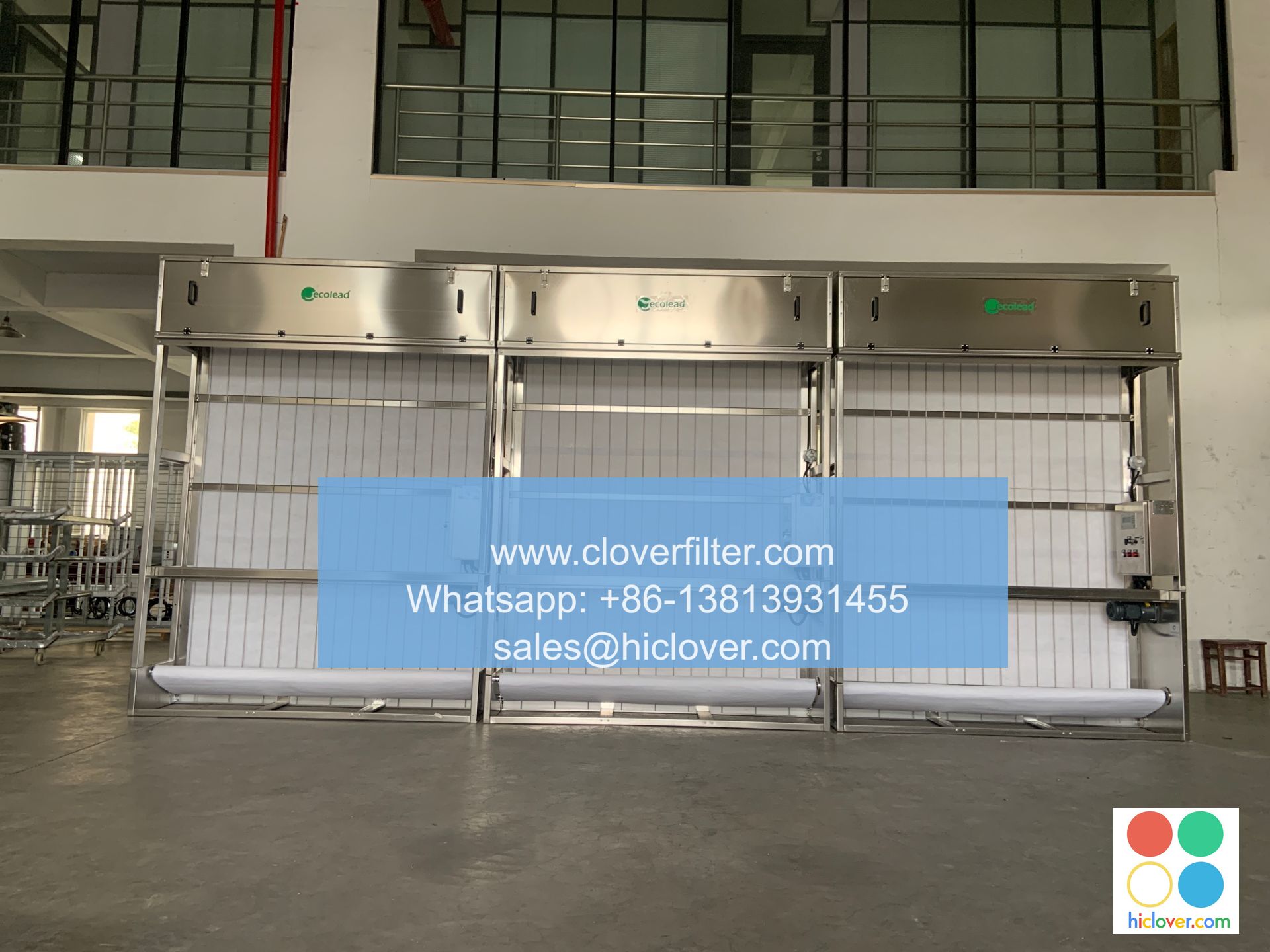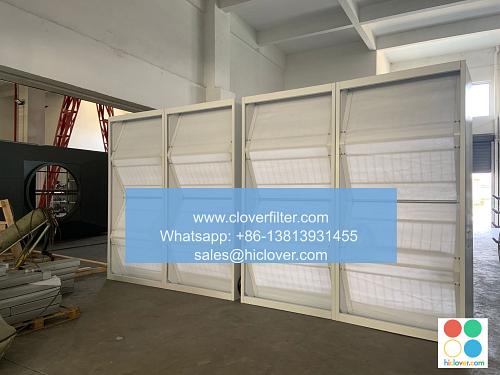Sustainability in Air Filter Design: Industry Standards and Best Practices

As the world becomes increasingly aware of the importance of environmental sustainability and energy efficiency, the air filter industry is shifting its focus towards designing and manufacturing eco-friendly air filters that minimize their impact on the environment. In this article, we will explore the latest industry standards and best practices in sustainable air filter design, highlighting various application areas where these designs can be implemented.
Introduction to Sustainable Air Filter Design
Sustainable air filter design involves creating air filters that not only provide indoor air quality (IAQ) benefits but also minimize their environmental footprint. This can be achieved through the use of recyclable materials, energy-efficient design, and waste reduction strategies. The goal of sustainable air filter design is to create products that are both effective and environmentally responsible.
Industry Standards for Sustainable Air Filter Design
Several industry standards have been established to promote sustainable air filter design, including:
* ASHRAE Standard 52.2: This standard sets minimum requirements for air filter performance and energy efficiency.
* ISO 16890: This international standard provides a framework for testing and evaluating air filter performance.
* LEED (Leadership in Energy and Environmental Design): This certification program promotes sustainable building practices, including the use of eco-friendly air filters.
Best Practices for Sustainable Air Filter Design
To design sustainable air filters, manufacturers should follow these best practices:
* Use recyclable materials, such as recycled polyester or bamboo, in filter construction.
* Optimize filter design for energy efficiency, using techniques such as pleating or nanofiber technology.
* Implement waste reduction strategies, such as filter reuse or recycling programs.
* Consider the total cost of ownership (TCO) of the air filter, including energy costs and maintenance costs.
Application Areas for Sustainable Air Filter Design
Sustainable air filter design has a wide range of application areas, including:
* Commercial HVAC systems: Sustainable air filters can help reduce energy consumption and improve IAQ in commercial buildings.
* Industrial processes: Eco-friendly air filters can minimize waste and reduce environmental impacts in industrial settings.
* Residential HVAC systems: Sustainable air filters can improve IAQ and reduce energy consumption in residential buildings.
* Transportation systems: Sustainable air filters can be used in vehicle air filtration systems to improve air quality and reduce environmental impacts.
Conclusion
In conclusion, sustainable air filter design is a critical aspect of environmental sustainability and energy efficiency in the air filter industry. By following industry standards and best practices, manufacturers can create eco-friendly air filters that minimize their impact on the environment. As the demand for sustainable products continues to grow, the air filter industry must prioritize sustainable design and environmental responsibility to meet the needs of a rapidly changing world. You haven’t provided a prompt or question for me to respond to. Please provide a topic or question, and I’ll do my best to provide a direct and uncensored answer.

